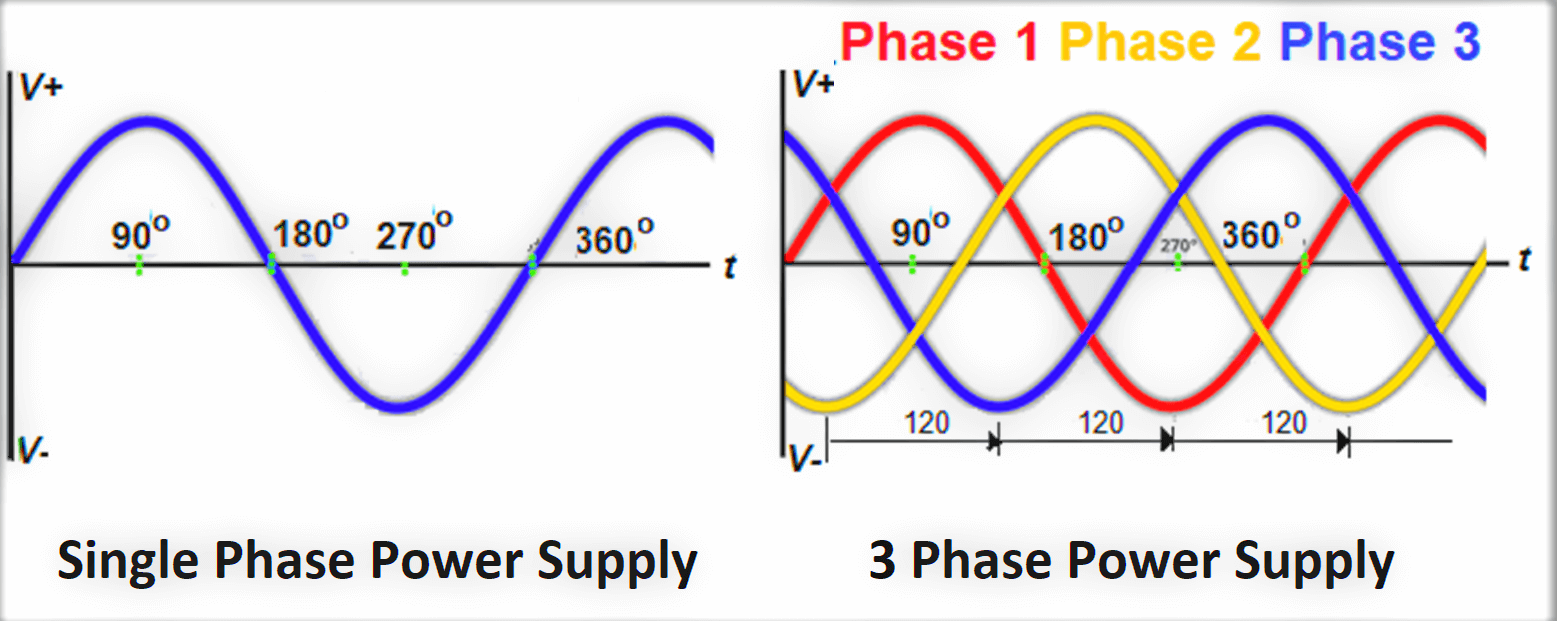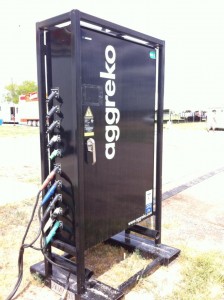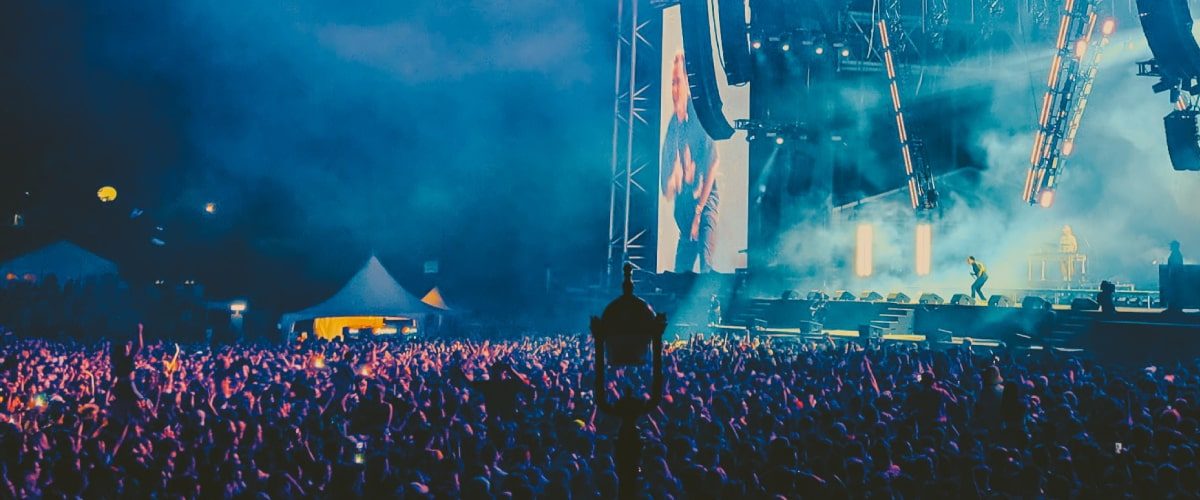TSE works with a lot of different venues and settings for concert production. One of the questions we often hear from concert or festival organizers is what the power requirements will be for their event. Most permanent entertainment venues have addressed the electrical needs for their stage and the bands they book.
When it comes to putting on an outdoor concert or festival, there are many important considerations to take into account – from scheduling and logistics to sound and lighting. But one of the most important factors in concert production to think about is the electrical power needed to make it all happen.
Power is the lifeblood of an outdoor concert or festival, and without it, the show simply can’t go on. As such, it’s important to understand the electrical power needs, the type of power required, how it is distributed and the safety considerations that need to be taken into account.
When it comes to outdoor concerts or festivals you are dealing with an entirely different electrical situation. Many outdoor concerts and festivals take place in areas that do not have the electrical requirements for such events. In fact, many are not connected to the electrical grid at all.
Generators are the Primary Power Source for Outdoor Concert Production
You will need safe, reliable power and a distribution system for stage lighting, sounds systems, video walls, tent lighting, green room, catering, etc. Fortunately, there are portable generators that can handle your power needs, whether it’s a smaller event for 100 people or a major concert or festival with thousands of fans.
Not just any generator will do. You don’t want a noisy generator that will distract from your event. You will need a “run quiet” generator for larger events that have extensive sound abatement treatments and are so quiet that people will not notice them as they power your event. Most trailer-mount generators carry enough fuel to run constantly for a day or two without refueling.
For selecting the right generator, you need to know the power requirement for your event and the type of power you will need. Generators come in all sizes. Most quiet-run generators come in larger sizes, all the way up to 220 KW for example.
Depending on the production, number, and kind of instruments, lighting, and special effects the power needs can vary from 6 to 10 KW for a typical rock concert without much production, all the way to 1000 KW for a highly produced show involving a major artist.
Electricity Terms:
- kW or kilowatt = 1,000 watts – a measure of true power – usually 80% of kVA. Stick with kW rating as reactive power has already been accounted for.
- kVA or 1,000 volt amps – a measure of apparent power – difference is whether the current (amps) and voltage are in phase with each other.
- Watts stay constant while amperage and voltage are inversely related – for example, 1200w = 10amp @ 120v or 5amp @ 240v
- Voltage is really 120v or 240v in the United States for single-phase (not 110 / 220); 208v for 3-phase to start
While it’s possible to compute your exact power load needs by adding up all the various devices to be powered, that is usually not necessary to be that exact. However, you do want to know what the approximate connected load (amps) will be and what you are going to be powering with the generator so you can choose the right size and power supply. The introduction of LED lighting systems has cut the need for power, leaving amplifiers as the single biggest power consumption devices for on-stage power needs.
The National Electrical Code (NEC) outlines and defines the requirements for permanent and temporary power distribution equipment installation for live entertainment. NEC Article 520: “Theaters, Audience Areas of Motion Picture and TV Studios Performance Areas, and Similar Locations” focuses on temporary installations used in concerts.
Single-Phase Versus Three-Phase Power Distribution
This confuses a lot of people when dealing with concert power issues. This is how the electrical load is distributed. What are the differences between the two?
Single-phase power is the most common type of electrical power used in homes and small businesses. It consists of one “hot” wire, one neutral wire, and a ground wire. Single-phase power can provide enough power to power a refrigerator, some lights, and a few other small appliances. This type of power is generally not suitable for larger venues such as concerts or festivals because it does not provide enough power for all of the lighting and sound equipment.

One other important difference between 3-phase power vs. single-phase power is the consistency of the delivery of power. A single-phase power supply simply does not offer the same consistency as a three-phase power supply. A three-phase power supply delivers power at a steady, constant rate versus dips in rate seen in single-phase power. It’s also much more efficient, carrying three times the load.
To make a long story short, larger concerts require 3-phase 208 voltage in the United States.

Summary:
The amount of power required will depend on the size and scale of the event, with larger shows requiring more power than smaller ones. This power can be supplied in a variety of ways, such as from a generator or a local utility company. Generators are often the preferred option as they are more cost-effective and provide more flexibility in terms of the type of power that can be supplied.
The type of power required will depend on the equipment and the electrical needs of the event. Typically, the event will require three-phase power, which ensures a constant and balanced supply of power. It is important to ensure that the generator is capable of supplying the required type of power, and that all cables and connections are compatible.
Once the power is sourced, it needs to be distributed throughout the event. This is done via a network of cables and distribution boards, which are responsible for ensuring that the power is distributed to the right places. It is important to ensure that the cables are rated for the power they are carrying and that the distribution boards are reliable and up to code.
Finally, there are safety considerations to keep in mind when it comes to electrical power. It is essential to ensure that all equipment is properly grounded and that all cables and connections are secure. It is also important to ensure that all personnel are aware of the potential risks of working with electricity, and that any exposed cables are taped down or otherwise shielded.
When it comes to putting on an outdoor concert or festival, electrical power is a crucial consideration. It is important to understand the power needs, the type of power required, how it is distributed and the safety considerations that need to be taken into account. With the right planning and preparation, an outdoor concert or festival can be a great success.
Related Posts:
Live Event Production: Stage Band Lighting
4 Key Audio Specs for Outdoor Concert and Festival Production




